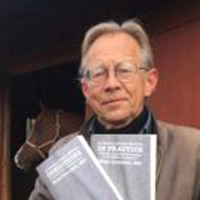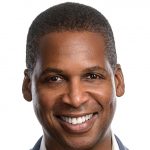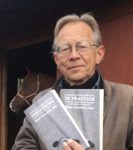
BY SANJ KATYAL
It is hard to open a medical journal in any specialty without seeing an article on burnout. There are statistics, trends, and of course a myriad of causes detailed in these articles. A few even offer some sensible solutions – flexible scheduling, peer support, delegation of clerical work and an increased focus on personal well-being activities are steps in the right direction.
I have previously written that “the absence of burnout does not equal wellness” just as the absence of disease does not imply health. We deserve more than simply the ability to function, we deserve to flourish. This is where a field such as positive psychology, or what many call the science of happiness, can offer some evidence-based guidance.
What has become clear over the past few years is that many people are giving new buzzwords like burnout or moral injury too much credit for their unhappiness. Many of us are not well, either personally or professionally. It’s not as if we are joyful, peaceful and fulfilled at home and then suddenly begin to suffer only when we go to work.
Our jobs, colleagues or even the draconian healthcare system are not to blame for our discontent. Many of us may feel burned out but it has little to do with our career choice. Not many of us are fulfilled. Not many of us are content. Not many of us are free of stress and anxiety. Most of us seem to be restless and want to feel better all the time. So we blame our jobs, our bank account, people around us, even the world, and call it burnout. Burnout, while a significant problem for some people is now conveniently being used by many to shift the blame away from ourselves. We are the problem. But the good new is that we are also the solution. It is our lack of understanding that causes us to feel perpetually discontent and frantically chase happiness in various forms. It can only be understanding that will set us free.
What is it that we have not understood? What are the questions deep within us that we never have the courage to ask?
Why are we not fulfilled? Why are we restless and anxious much of the time? Why do we crave distractions in phones, TV and alcohol?
Continue reading…
















